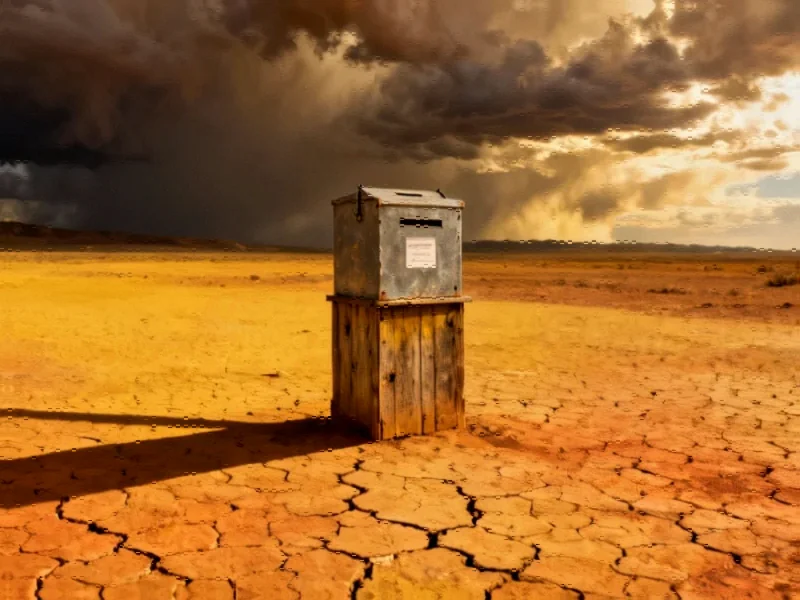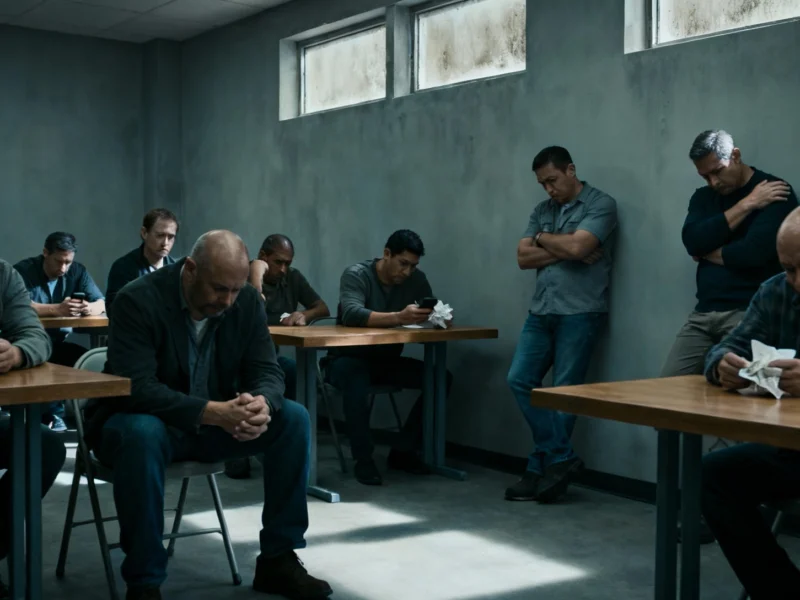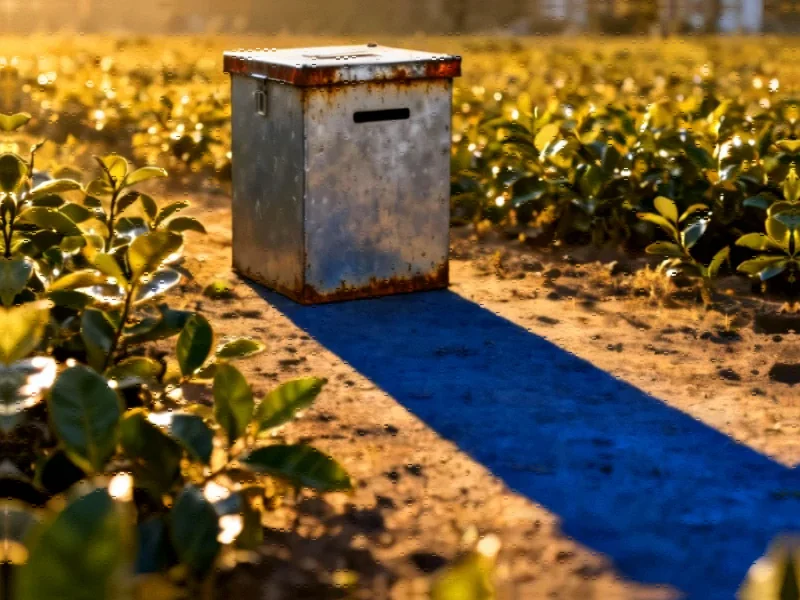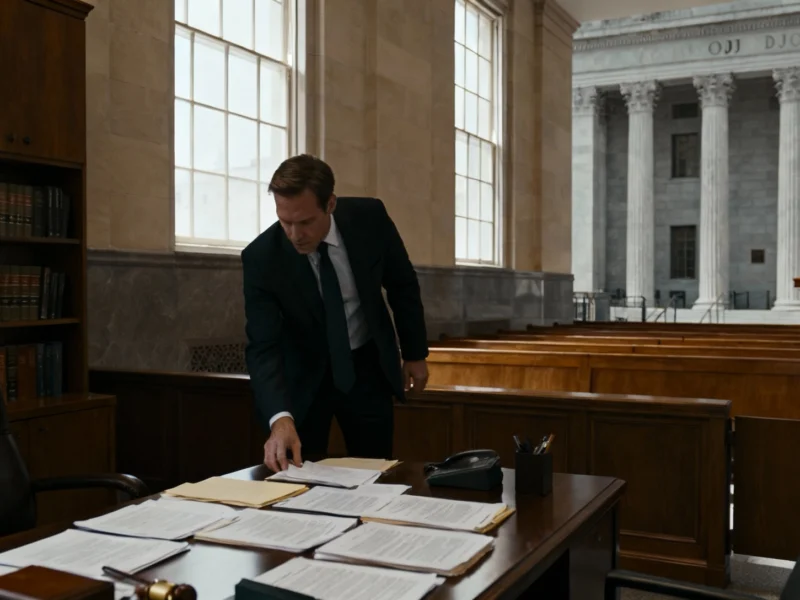Political Transformation in the Andes
Bolivia is experiencing a significant political realignment as centrist candidate Rodrigo Paz prepares to face conservative former president Jorge Quiroga in an October 19th presidential runoff, according to election reports. This marks a dramatic shift after two decades of left-wing governance under the Movement to Socialism (MAS) party, which reportedly received so few votes in the first round that it nearly lost its legal status.
The political transformation became evident during the campaign season, with sources indicating that traditional MAS strongholds in the Bolivian highlands abandoned the party that had dominated politics since 2006. Analysts suggest this represents a fundamental reconfiguration of Bolivia’s political landscape and signals a likely rightward shift in economic policy.
Economic Crisis Demands Immediate Attention
Whoever emerges victorious from the runoff will inherit a severely troubled economy, according to financial analysts. The central bank reportedly nearly exhausted its dollar reserves in early 2023, forcing restrictions on access to U.S. currency for Bolivian citizens. The black market dollar currently trades at almost double the official exchange rate, creating significant economic distortions.
The economic challenges extend throughout the system, with reports indicating the government has been selling gold reserves to pay for essential fuel imports despite persistent shortages. Inflation has surged to 18% for the year through September, while public debt has reached 92% of GDP after 11 consecutive years of deficits. The situation has become so dire that fuel subsidies cost Bolivia $2 billion in 2024, representing nearly 4% of GDP according to government reports.
Contrasting Candidates, Similar Challenges
Rodrigo Paz, a 58-year-old centrist senator and son of former president Jaime Paz Zamora, surged from under 10% in pre-election polls to secure 32% of the first-round vote. His campaign, bolstered by running mate Edman Lara—a former police officer who gained popularity through anti-corruption TikTok videos—promised a “third way” between MAS and the traditional opposition.
Paz’s platform of “capitalism for all” aims to maintain social programs while liberalizing the economy and combating corruption, according to campaign statements. His background in politics contrasts with his outsider running mate, creating what analysts suggest is an appealing combination for voters seeking change without completely abandoning social protections.
Jorge Quiroga, the 65-year-old conservative candidate, describes the MAS era as “20 lost years” and promises more radical reforms. A former president who briefly held office in 2001 after his predecessor resigned, Quiroga draws strongest support from Santa Cruz department, Bolivia’s agricultural and economic hub that has long opposed MAS policies. This election represents his fourth attempt to reclaim the presidency through the two-round electoral system used in Bolivia.
Uncertain Polling and Voter Sentiment
Pre-runoff polls show Quiroga leading Paz by four to eight percentage points, though many remain skeptical of these figures after pollsters dramatically underestimated Paz’s first-round support. According to local sociologist Pablo Mamani, “Here in El Alto, it’s widely believed that the surveys are manipulated to favor Quiroga,” reflecting broader distrust in polling institutions.
The campaign has exposed regional divisions within Bolivia, with Paz performing strongly in the highlands while Quiroga dominates in eastern agricultural regions. Both candidates have already traveled to Washington to begin discussions about Bolivia’s economic future, recognizing the urgent need for international support regardless of who wins the presidency.
Daunting Economic Reforms Ahead
The next administration faces the formidable task of implementing economic reforms that previous governments found politically impossible. According to economic analysts, Bolivia must address its massive fuel subsidy, reduce a fiscal deficit exceeding 10% of GDP, restructure bloated ministries, and privatize loss-making state enterprises.
Potential solutions include boosting agricultural exports to generate dollar revenue and reforming the mining and energy sectors to attract foreign investment. However, the report states that any significant economic changes will require rebuilding an independent judicial system after years of political influence under MAS governance.
Economist Daniel Agramont summarized the central dilemma facing the next president: “That’s the debate: gradual, or shock?” Moving too slowly risks further economic deterioration, while rapid reforms could trigger social unrest and recession. This delicate balance recalls complex political transitions in other democracies facing similar challenges.
Historical Context and Political Legacy
The current political shift represents a remarkable reversal for a country that embraced left-wing politics under the leadership of Evo Morales, who governed from 2006 to 2019. The decline of MAS accelerated when current president Luis Arce withdrew his candidacy after polls showed only 2% support, and former president Morales called for blank ballots after being barred from running by a court ruling.
The Paz political legacy continues with Rodrigo Paz, whose father Jaime Paz Zamora previously served as president during a different era of Bolivian politics. Meanwhile, Jorge Quiroga brings his own presidential experience from his brief term in 2001, creating a contest between two candidates with deep political roots despite their outsider messaging.
As Bolivia stands at this political crossroads, the incoming administration must navigate not only immediate economic crises but also fundamental questions about the country’s development model. The solutions may involve embracing emerging technologies and energy innovations that could transform traditional industries. Additionally, implementing modern governance frameworks and responding to global economic trends while improving technical infrastructure will be crucial for Bolivia’s successful integration into the global economy.
With the October 19th runoff approaching, Bolivians face a choice between competing visions for economic recovery and governance reform. The decision will determine not only the country’s political direction but its ability to overcome a severe economic crisis that threatens to undermine any administration that fails to deliver rapid improvements.
This article aggregates information from publicly available sources. All trademarks and copyrights belong to their respective owners.
Note: Featured image is for illustrative purposes only and does not represent any specific product, service, or entity mentioned in this article.



